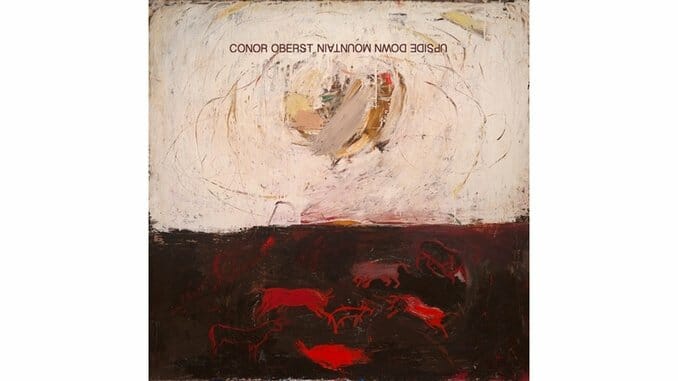Conor Oberst: Conor Oberst

Former prodigy ventures to Mexico to record transitional album without longtime producer
For half his life, 28-year-old Conor Oberst has been schlepping around a prodigy’s burden. His early coffeehouse gigs and his group Commander Venus stirred up an unheard-of amount of notoriety for a 10th-grade songwriter from Omaha, and then he and his friends followed by forming the band Bright Eyes (among several others) and prosperous clubhouse label Saddle Creek. Ever since, Oberst has served as a skinny, bobbed and bobbing target for those aiming at superiority in the rock-taste status sweepstakes.
He’s been mocked for his emo-ish eyeliner and sweaters, canoodling with People magazine starlets (unhelped by his occasional callow blather about his own mack-daddy mojo), for his whiny/shouty vocal style, rounds of public substance abuse, folk-rock throwback semi-melodies and, most of all, his fraught-wrought lyrics and the way Bright Eyes groupies—many of them in the music press—suck it all down like watery draughts of Pabst. That his Dylanisms brought Rolling Stone to declare Oberst the top “songwriter of 2008” months before this new album was even released is only one more item in the dossier of the prosecution.
Not to be too woe-is-Conor—to his credit, he seldom bitches about the backlash. But it would be natural for him to seek some way short of dying to beg a bit of reconsideration. And the signs are there: More than a dozen albums into his discography, his latest is his first album under his own name since his teenaged cassettes. It’s not on Saddle Creek, but on the more pedigreed Merge. It was made without customary producing partner Mike Mogis, the most consistent member of Bright Eyes through the years. And it was recorded on a sabbatical of sorts early this winter in Tepoztlán, Mexico, with a handful of Saddle Creekers and other associates dubbed with the (somewhat gratingly) bare-footed moniker the Mystic Valley Band.
For its off-the-floor feel, you could almost term it Oberst’s jamband disc, though he didn’t allow for so many long guitar freakouts as to betray his punk roots—indeed, his recordings with large-ensemble versions of Bright Eyes have been baggier. The average lyric here, too, is more concise than the extended spiels of the Bright Eyes of yore. It’s more that the music seems suited to summer-festival field-grooving in the sun, whereas the lead persona of many Bright Eyes songs seldom seems to venture out of his apartment until after dark and long past sober (unless it was on 2007’s Cassadaga, to seek spiritual counsel in a Florida trailer-park town full of psychics).
-

-

-

-

-

-

-

-

-

-

-

-

-

-

-

-

-

-

-

-

-

-

-

-

-

-

-

-

-

-

-

-

-

-

-

-

-

-

-

-








































